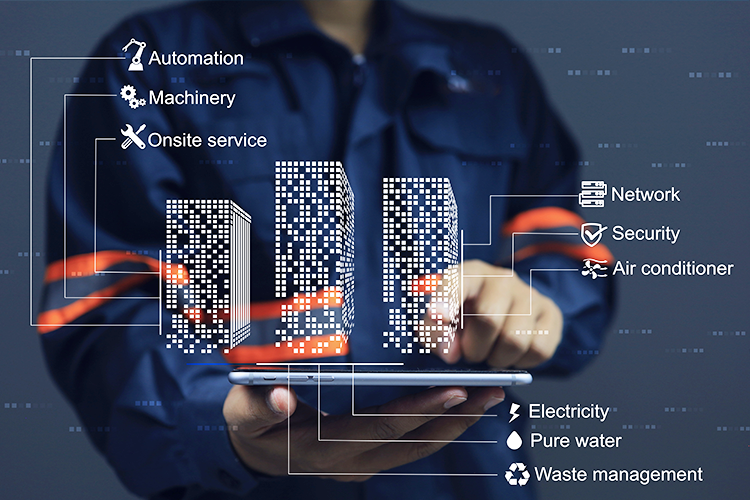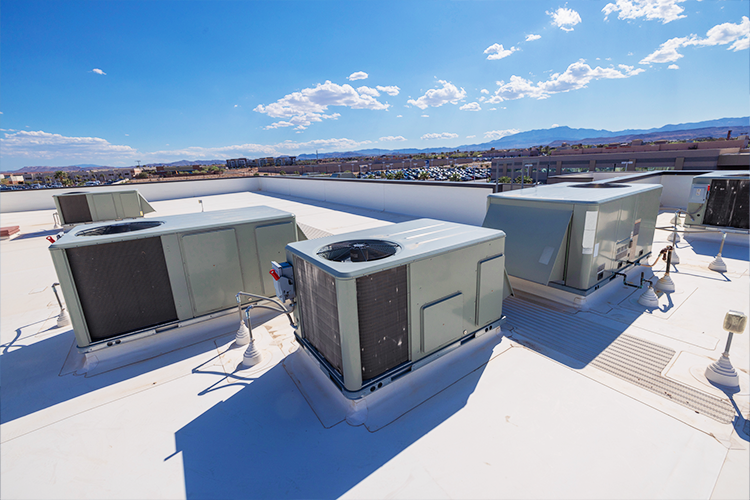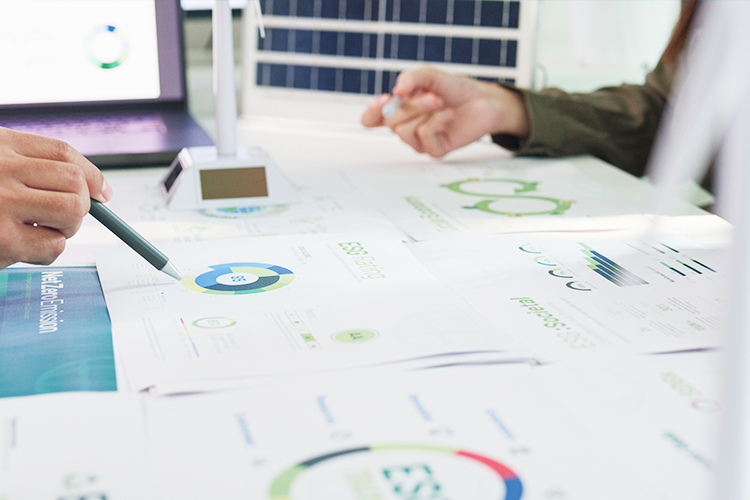What's New on the DLC: Recessed Troffers
April 10, 2014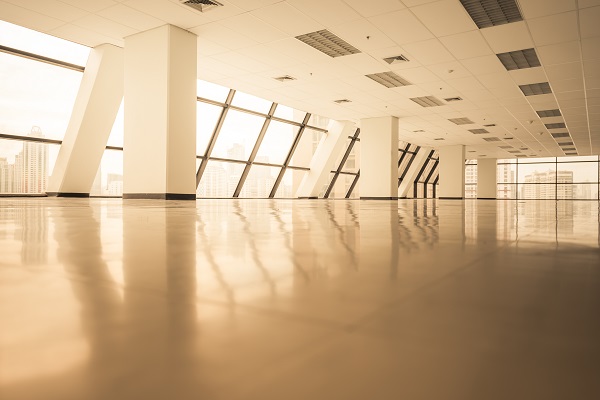
Back in March, we reviewed the history of Highbay fixtures on the DesignLights Consortium (DLC) list. Now we will review Recessed Troffers (1x4, 2x2, & 2x4 new fixtures).
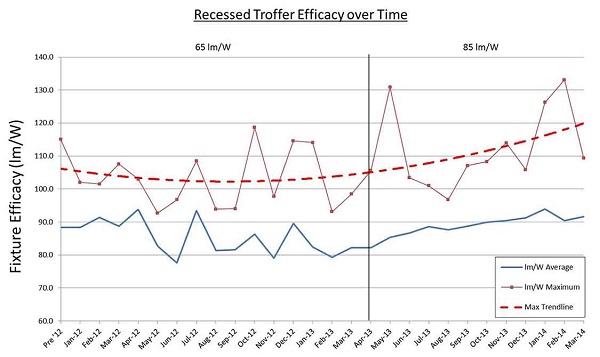
This chart shows a few things:
Blue Line – The average efficacy of each new qualifying troffer luminaire each month
Red Line – The maximum efficacy of all new qualifying troffer luminaires each month
Red Dotted Line – The trend line of the maximum troffer luminaire efficacy
Minimum Allowable Luminaire Efficacy (per the DLC technical requirements) – Minimum value shown at the top of the chart, which DLC updates every 12-18 months
Looking Back
Until I added the last three months of data into this chart the maximum trend line looked like a very shallow saucer. The pre-2012 maximum efficacy of 115 lm/W (Cree’s CR24 – Dec 2011) was higher than all but five of the 896 fixtures tested since then. One of the five higher efficacy fixtures was actually the updated version of that same Cree CR24 fixture.
So, why have so few of the fixture manufacturers been able to improve the efficacy of a more than two year-old fixture? The biggest reason is that it was a pretty groundbreaking fixture at the time. But I think there are a couple other explanations:
Fixture manufacturers settled into 100-110lm/W as a premium product. Just in the last three months, there have been 38 fixtures tested that fall in to that range. Once their fixture families got to that efficacy threshold, manufacturers’ efforts were focused on cost reduction over fixture efficacy. For new construction, this range might be premium enough, but in my world – retrofits – the cost/benefit at 105lm/W just isn’t enough to make the leap unless there are other factors at play (marketing, large rebates, or exorbitant energy rates).
Fixture Manufacturers are getting creative. For a long time, one of the nicest things you could say about an LED troffer was that it looked like a fluorescent fixture. It was fairly effective to make an LED troffer like this:
1.Purchase a populated LED board from a mass producer
2. Mount that board to a heat sink
3. Hide the “dots” behind a lens or two.
Voila, 100lm/W.
Mostly within the last year, fixture manufacturers began straying from that “fluorescent look” and creating new “LED looks.” The “problem” is that it has created a little bit of an efficacy drag. A 110lm/W LED Fixture with an “LED look” fixture really is premium.
Flatlining
Another thing you might notice about the chart is that it suffers from the same lm/W average “flatline” as the highbay fixtures did. The average tested fixture in February 2012 had a higher efficacy that an average tested fixture in February 2014. That’s crazy!
The key reason for this is the flood of “good enough” manufacturers now submitting their fixtures to DLC. They meet the 85lm/W requirement—actually 49 of 271 fixtures from Q1 fell below 85lm/W, but within the 3% allowable tolerance—and it’s become table stakes in the manufacturing world to get your fixture DLC Qualified, so they do. Back in February 2012, there were 10 recessed troffer fixtures tested by DLC. In February 2014, there were 107. Well over half of those 107 fell below 90lm/W. If you just took the top 10 from February 2014, the average would be 107.7lm/W. Perhaps a monthly top 10 is another metric worth tracking over time.
The other reason for this flat line is, of course, cost reduction. Living in the payback-driven world of lighting retrofits, it’s hard for me to argue against an LED cost reduction strategy. But it can’t always be done at the expense of aesthetic advancements and efficacy improvements.
What’s New?
Speaking of extremely high efficacies, February brought us a new high water mark with LG Lighting’s unreleased FRR634 fixture. It came in a whopping 133lm/W. Even what appears to be the “economy” version of the fixture cleared 110lm/W. I’m told that not only is it being released soon, but that we are getting a couple of them for the EMC office. I’m looking forward to that.
Also of note from Q1 of 2014:
- An updated spec for Lithonia’s VTLED. Their high output version (7000+ lm), which had been under 100lm/W, has now cleared the 110lm/W mark
- Cree’s release of their more traditional looking troffer, the ZR Series, in all three sizes
- TCP (historically a lamp company) looks like they are expanding their LED troffer offering to include 2x4s
Where are We Going?
Just like with the highbays, I suspect some time in 2014 we will see the DLC raise their efficacy requirement, hopefully to 95lm/W for recessed troffers. This will have a big effect on the average. Well over half of the new troffer products that qualified in Q1 (181 of 271) fell below 95lm/W. If you took those out, the average would be 101.4 lm/W.
For the first time in several years, there isn’t a Cree troffer fixture on top of the efficacy mountain. Given what I suspect is their preference to always be viewed as the industry’s efficacy leader and their access to their own internal top-end LED chips, I wouldn’t be surprised if Cree is back on top with a fixture topping 140lm/W in the next few months.
With the Cree’s and LG’s of the world pushing the efficacy envelope out of shouting distance of that 100-110 lm/W “premium” range, I expect the other Tier 1 companies to introduce some “HE” versions of their existing products that get above 120lm/W by Lightfair in June.
Tony Johnson is Energy Management Collaborative's Technology Manager. In this role he combines his background in lighting & controls design and solid state light fixture design with his expertise in energy savings to evaluate emerging technologies for EMC customers.
